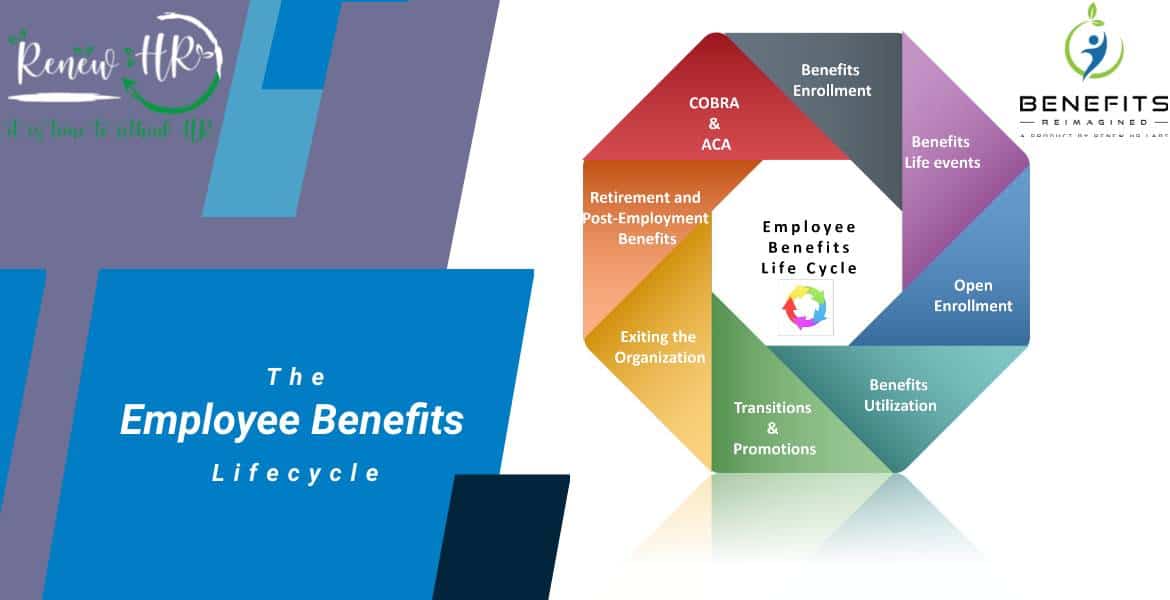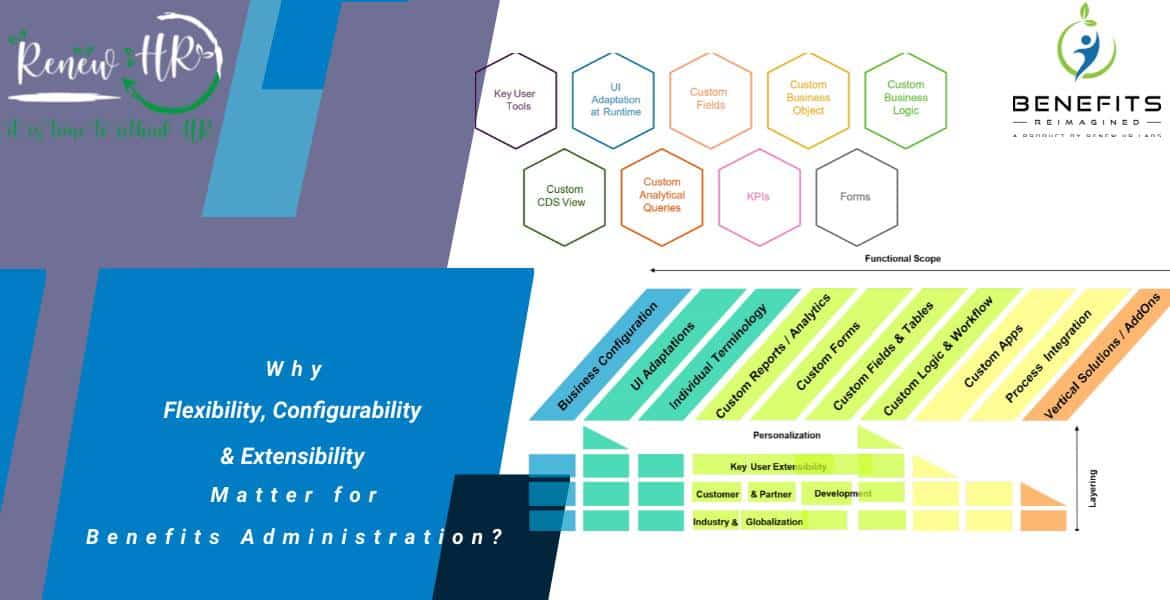Contents
The Importance of Employee Recognition and How to Do It Properly
Ever wondered what employee recognition is? It’s much more than giving the thumbs up and it can mean the difference between a thriving business or a sinking one.
This article highlights why employee recognition matters and how using it effectively can increase your business bottom line.
Here’s why showing your employees recognition, matters
Only 1 in 3 workers in the United States reported having received recognition for hard work they had done in the last 7 days. This is a significant figure, given that 47.3% of all workers in the country are employed by businesses.
Showing your employees recognition when they are performing well for your company is a low cost, high return investment. If two-thirds of Americans aren’t feeling their work is being recognized by their employers, then taking the time to make this a priority within your workforce will raise you above the competition.
Employee retention is oftentimes overlooked as a critical issue facing businesses. Particularly during a tight economy, losing a valued worker can cost as much as 2x their original salary in flow-on effects. Finding new staff, decreased productivity, training costs and subtle negative changes to company culture can all cause strain on your business.
Showing your employees the recognition they deserve routinely throughout their career working for you increases the chances of employee retention massively.
Studies also show that taking steps to ensure your employee’s happiness can have up to a 13% increase impact on productivity. Being proactive in showing your gratitude to your workforce is key to driving success within your company.
Ask yourself, do you recognize your employee’s efforts?
Being honest with yourself, sit down with a senior member of staff, and record the ways you feel you and/or management displays recognition in the workplace. Chances are you don’t do it enough.
It’s understandable. Running a business is time-consuming and sometimes other things will take precedence. Moving forward try to think of ways you can include methods of employee recognition in your schedule. Brainstorm ideas with other staff as to what they feel makes them feel seen and appreciated.
To get the ideas flowing, we have listed eight ways to recognize the value of your employees without breaking the bank – or your back!
8 strategies to recognize employees effectively

1. Highlight milestones – work-related and non-work-related
If an employee has been working hard day-in and day-out for your business, do not miss your opportunity to let them know you appreciate their efforts. Like any relationship, nothing will sour the union faster than one party never being recognized or appreciated.
Where appropriate to do so, take the time to congratulate your employees on non-work-related milestones, such as getting married, having kids, or succeeding in a sporting or musical event.
Although some may deem it minor, commenting on your employee’s achievements outside of work, no matter how small, shows that you have a vested interest in their livelihood.
2. Invest in them
Sometimes actions speak louder than words. Investing in your employees is a great way to show you recognize the work they are doing and are willing to invest financially in their wellbeing.
This can come in many shapes and sizes and doesn’t have to be in the form of expensive dinners or events. Simple gestures such as buying the lunchroom a new coffee machine, or investing in new couches and pods for workers to relax in during their breaks states loud and clear you want them to enjoy being at work.

If a team in your business has been asking you to consider investing in new technologies or programming to improve their workflow, now is the time to do it. You may want to download that new employee scheduling software management requested previously, or look into a better screen sharing application for your meetings with remote staff.

3. Get to know employees passions outside of work
Learning about your employees is pivotal if you want to authentically connect with them. This is, after all the crux of recognition – being heard, connected with, and valued.
Actively listening and taking the time out of a busy workday to talk with your employees about their passions and hobbies will reap dividends. Again, this ties in with the idea that if workers feel they are valued by their bosses on more than a superficial level, they are more likely to work hard and perform.
Knowing more about your workforce can also help you recognize them at other times more authentically. For example, one of your workers from the marketing department, Adam, is coming up on 10 years of service with the company. If you know Adam loves painting but doesn’t care much for sports, purchasing tickets for him and his partner to go to an art gallery will carry far greater meaning than getting them tickets to an NBA game.
4. Utilize Gamification and new technologies
Studies show only 30% of employees have been engaged at work in the past two decades. Could this be the one-third of the workforce receiving recognition for their work? Although the statistics have not been directly correlated, I don’t think a link between employee recognition and engagement is too outlandish.
The good news, as the employee you have the power to change this. Gamification and the use of technologies to improve engagement within the workforce has become increasingly popular.

The gamification of certain aspects of your business such as improving sales or customer support can make employee’s progress and hard work more visible to you and their peers. This will make it easier to publicly recognize them for their efforts.

5. Create a culture that encourages peer-to-peer recognition
Employee recognition doesn’t always have to come from the top. Fostering a workplace environment that encourages peer-to-peer recognition will be highly beneficial to your business.
Subtly incorporating a peer recognition program within the workweek provides your teams with the ability to give each other positive feedback. You can make this a more natural process by enlisting the help of an individual that is regarded as a leader in your workforce, perhaps asking them to host a casual briefing over coffee and snacks at the end of the week.
This will be a powerful thing for team morale, as receiving feedback and recognition from your fellow team members can sometimes be even more meaningful than from your boss.
6. Offer extra perks
Perks and bonuses are a very tangible way for an employee to feel their hard work has paid off. Providing access to items that may be non-purchasable, such as more convenient office parking or larger discounts on products/services your company provides will be seen as a unique acquisition, rather than a paid bonus.

This can create a greater drive within the workforce if they know that higher performance equals better perks. Allowing those who routinely show they can work autonomously and towards your companies goal may also be granted a more flexible working schedule. Allowing employees to occasionally work from home or to start later in the morning is a powerful way of saying you trust them to continue performing despite having these perks.

7. Motivate with financial incentives and bonuses
Intrinsic motivation is the drive to perform for the love of the process or task at hand.
Extrinsic motivators are defined as anything outside of this. Intrinsic motivation is far more effective for achieving difficult, long-term goals.
That being said, financial incentives and bonuses are an obvious way to show employees you recognize their performance – as long as they are used fairly and sparingly.
With COVID causing financial hardship and uncertainty, monetary bonuses will be well received by your staff members. Effective compensation management is important and your company should have clear guidelines and tactics to guarantee this style of employee recognition is used to its fullest potential.
8. Loosen the reins and give autonomy
Taking a step back and allowing your high-performing employees some autonomy is a strong subliminal indicator you trust their ability to work without your input.
For some people, this is one of the strongest forms of recognition there is. Again, knowing your employees on a more personal level will help you make more informed decisions about whether or not their personality type would appreciate this gesture.

Let them know privately that you are very happy with their work and that they will have more room to be innovative and lead in future projects. This extension of freedom and trust will go a long way with employees.
Be authentic in your recognition
The low-cost investment of employee recognition could be what drives your business to succeed. Authentically recognizing your staff’s efforts will be a catalyst for productivity.
Applying all or some of these tactics will drive positive change within your company. Remember, recognition doesn’t have to come in the form of costly bonuses and big promotions, it can carry just as much value if you have a deeper understanding of what drives and impassions your employees.















